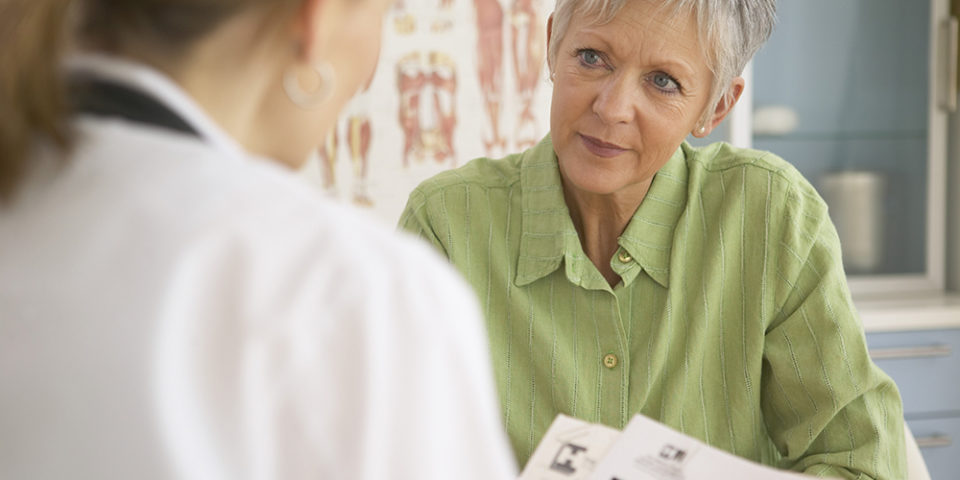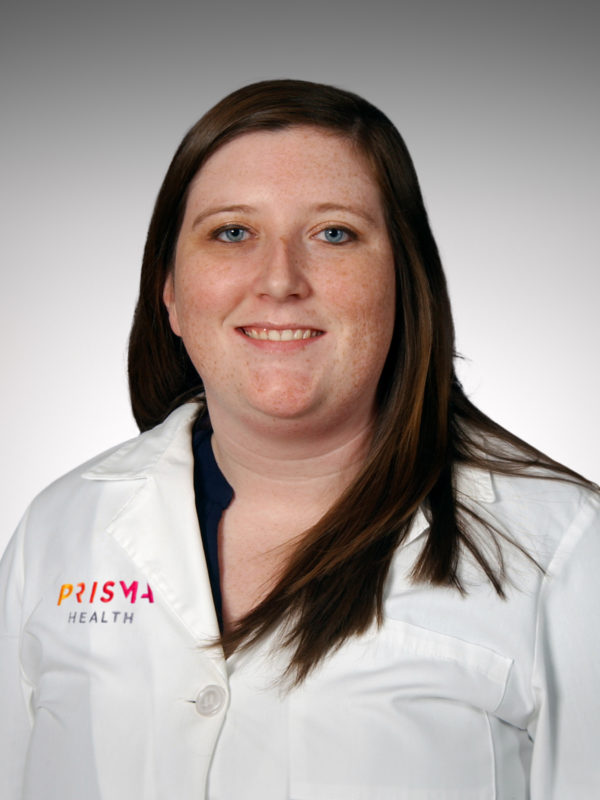Why women should talk to their doctor about stroke risk
Stroke risk for women between the ages of 55 to 75 years old is nearly 1 in 5, making strokes the third leading cause of death for women in the United States. While many may think they know the signs and symptoms of stroke to watch for, a stroke can present differently in women than it does in men.
Jessica Crane, nurse practitioner in neurology, explained the way strokes and stroke risk are different in women, and what to talk about with your provider when it comes to your risk of stroke.
What are the typical symptoms of stroke in women?
The signs and symptoms of stroke you most likely think of include speech difficulties, weakness on one side of the body, numbness or tingling on one side, and facial weakness. While women may have all or any of these symptoms, they may also show signs of stroke that are not typical for men and are less commonly known.
Symptoms of stroke in women may include:
- Headache
- Fatigue or generalized weakness
- Disorientation or feelings of confusion
- Lightheadedness
- Nausea
- Hiccups
- Chest pain and/or heart palpitations
- Shortness of breath
- Changes to vision
- Impairment of consciousness
- Loss of consciousness
“These symptoms are all too easy to mistake as something else,” said Crane. “It’s easy to try to put off seeing the doctor if it’s ‘just a headache,’ but when it comes to a stroke, every second counts. It’s essential to seek emergency care right away to ensure the best possible outcome if you have a stroke.”
Why are women at a higher risk for stroke?
Women have overall longer lifespans when compared to men, which increases the risk of stroke, but there are other issues as well that can result in these increased risks.
“Certain medications more often prescribed to women and also biological factors can all raise a woman’s risk for stroke, based on reproductive and hormonal changes women go through over the course of their lives,” said Crane.
You may not be certain of your overall risk, so speaking with your doctor and getting a more complete look at what might influence your chances of having a stroke can help you to make changes or take steps to prevent one before it happens.
Talk to your doctor about your risk of stroke
“One thing I heavily encourage women to speak to their doctors about is birth control,” said Crane. “Estrogen-containing birth control does increase your risk of stroke, especially for those who smoke or have other risk factors like high blood pressure, diabetes or obesity.”
For those women, progestin-only birth control may be just as effective without raising their risk.
Other important ways a conversation with your doctor can help lower your risk of stroke include:
- Blood pressure. High blood pressure, also called hypertension, significantly raises your risk of stroke. For many, simple lifestyle changes like exercise or changing what you eat can be enough to lower your blood pressure – and therefore your risk. If lifestyle changes aren’t enough, medication may be needed.
- Hormonal replacement therapy. Starting HRT for menopausal symptoms more than 10 years after the onset of menopause can increase your risk. Using transdermal estrogen rather than oral replacement can help keep the risk low.
- Atrial fibrillation. AFib, an abnormal heart rhythm, increases with age and happens more often in women. Speak to your provider about whether or not screening for atrial fibrillation is a good option for you, especially if you have heart palpitations.
- Migraines. Women who suffer from migraines, especially those with aura, are at an increased risk for stroke. To lower risks of stroke that are associated with migraines, control the other risk factors like high blood pressure or smoking.
What can a woman do to lower her risk of stroke on her own?
“There are a few steps you can take at home to lower your stroke risk,” said Crane. “If you smoke, that’s already putting you at a heightened risk, and every day is a good day to quit smoking!”
Other options that help to lower your risk include increasing healthy exercise and physical activity, eating a plant-based, veggie-heavy diet and controlling stress levels. All these can help to keep blood pressure – and stroke risk – low.
Find the care you need, close to home
Our primary care physicians provide well visits and everyday care when you need it with compassion and expertise.
Find Primary Care Near You

